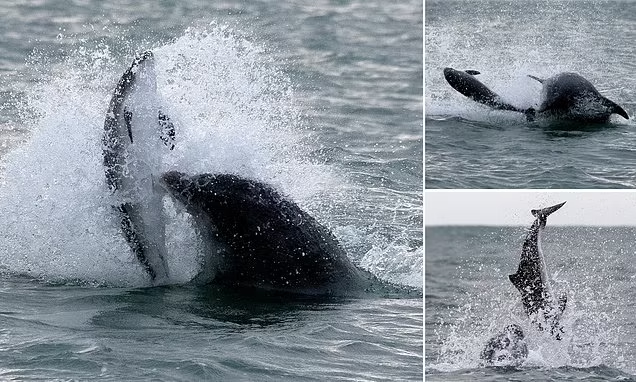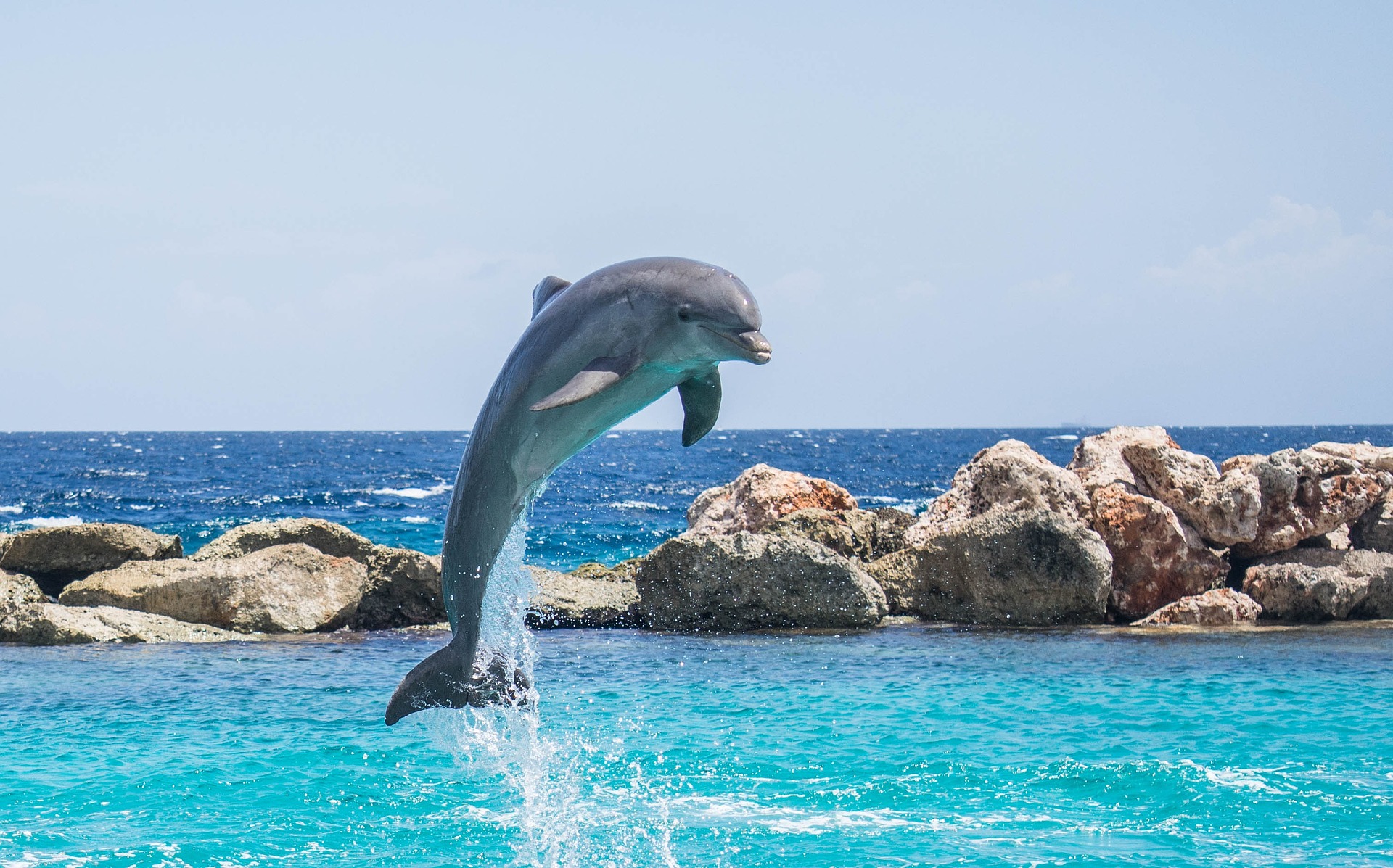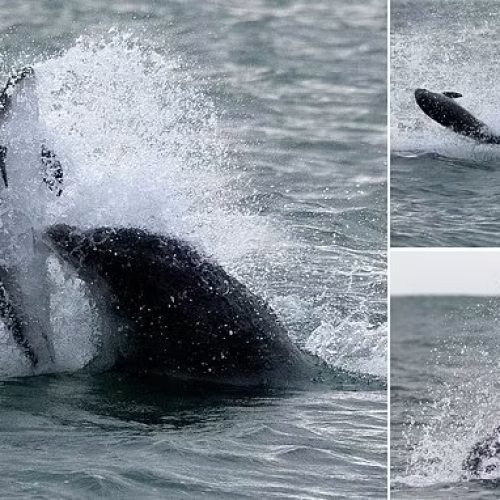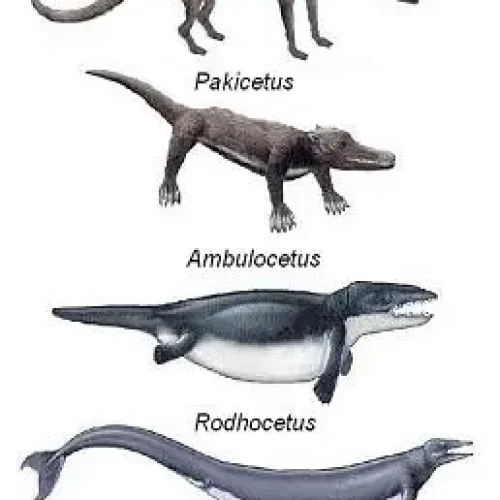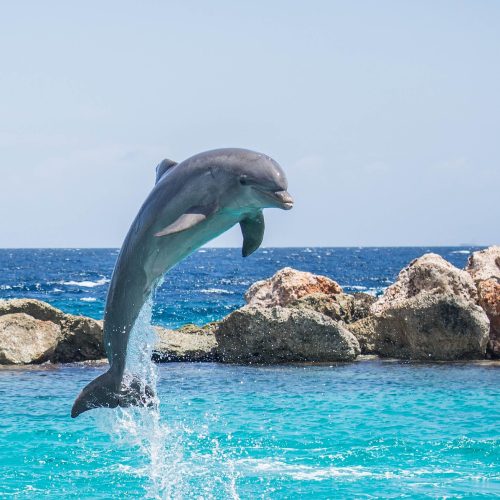From ultra-sophisticated echolocation techniques to elaborate group strategies and impressive physical prowess, dolphins have more than one trick up their sleeve when it comes to defending themselves.
Dive with us into the captivating world of dolphins’ most surprising defense strategies, and discover how these marine mammals have adapted and thrived in a hostile environment.
In this article
ECHOLOCATION: THE DOLPHIN’S SONAR SUPERPOWER
Dolphins possess a remarkable ability called echolocation that acts as a built-in sonar system. By emitting high-frequency clicks and listening for the echoes, they can detect objects in their environment with incredible precision.
This skill proves invaluable when it comes to avoiding danger.
How does echolocation work? The dolphin produces short, rapid sound pulses that travel through the water. When these sound waves hit an object, like a predator, they bounce back as echoes.
The dolphin’s highly specialized auditory system can interpret these returning echoes to determine the location, size, and shape of the potential threat.
One of the key benefits of echolocation is the ability to detect predators from a distance. Studies have shown that dolphins can sense sharks or killer whales from over 100 meters away, giving them ample time to prepare an escape plan.
By continuously scanning their surroundings with sonar clicks, dolphins maintain a constant state of vigilance.
Once a predator is detected, echolocation allows dolphins to pinpoint its exact location with remarkable accuracy.
They can determine the predator’s distance, direction, and speed of approach. Armed with this precise information, dolphins can make split-second decisions to evade the threat, such as rapidly changing direction or diving to safer depths.
In some cases, they may even use their echolocation to confuse or disorient the predator.
SPEED AND AGILITY: A DOLPHIN’S GREATEST ASSETS
When it comes to avoiding predators, dolphins rely heavily on their impressive speed and agility. Clocked at speeds of up to 60 km/h, they rank among the fastest marine mammals. This swiftness allows them to outpace many potential threats, leaving danger in their wake.
But speed alone isn’t enough; agility is equally crucial. Dolphins are incredibly nimble, capable of executing tight turns and rapid direction changes.
This maneuverability is essential for evading the jaws or tentacles of persistent predators. By combining bursts of speed with sudden twists and turns, dolphins can often escape even the most determined pursuers.
Another tactic dolphins employ is leaping out of the water, known as breaching. While breaching serves various purposes, such as communication and play, it can also be a strategic move against predators.
By launching themselves above the surface, dolphins can momentarily escape the reach of underwater threats.
This brief respite allows them to catch their breath, survey their surroundings, and plan their next move.
Interestingly, dolphins sometimes use their speed and agility to defend against predators directly. Researchers have observed dolphins ramming into sharks, using their powerful tails and snouts as weapons.
This aggressive approach can startle and deter predators, demonstrating that dolphins are not always content to flee.
SAFETY IN NUMBERS: THE ADVANTAGES OF LIVING IN PODS
Dolphins are incredibly social animals that live within tight-knit groups called pods. This community life is not only essential to their emotional well-being, it also plays a key role in their survival against predators. Indeed, within a pod, there are more eyes and ears to detect potential dangers.
When a threat is spotted, the group can quickly coordinate to implement collective defense strategies.
Studies have shown that dolphins use complex acoustic signals to communicate with each other, including specific whistles to alert the group of imminent danger. Once the alarm signal is given, the pod gathers in a tight formation, with adults protecting the young in the center.
This “floating fortress” makes it much more difficult for a predator to isolate and attack an individual.
But dolphins do not just rely on passive defense. They are also capable of counter-attacking in a coordinated manner, using their speed, agility and intelligence to confuse the enemy and drive them away. Some pods have even been observed actively “patrolling” their territory, chasing away any potential predators.
This solidarity in the face of danger is one of the keys to the exceptional longevity of dolphins in the oceans for millions of years.
RAMMING AND TAIL SLAPPING: ATTACK IS THE BEST DEFENSE
Despite their friendly appearance, dolphins are far from defenseless when it comes to facing a predator. They possess two formidable weapons: their beak, hard as ivory, and their powerful tail fin.
The rostrum (beak) of dolphins is not only useful for catching fish, it is also a real battering ram that can inflict serious damage. During an attack, a dolphin will not hesitate to charge head-on, aiming at the weak points of its adversary such as the gills or the belly of a shark.
The full-speed impact of an adult dolphin weighing 440 lbs can easily stun, injure or even kill a predator.
The tail fin is the dolphin’s other trump card. With its hydrodynamic shape and powerful muscles, it allows for lightning-fast acceleration and changes of direction in the blink of an eye.
But it is also a devastating striking weapon. A well-placed tail slap can knock out a great white shark or break the jaw of a killer whale.
Numerous eyewitness accounts and even videos show dolphins bravely repelling sharks, sometimes to defend humans. In 2004, surfer Todd Endris was saved from a great white shark attack by a pod of dolphins that intervened and drove the predator away.
This act of bravery perfectly illustrates the ability of dolphins to defend themselves, but also the empathy that sometimes seems to compel them to protect other species.
PLAYING DEAD: THE SURPRISING TACTIC OF LAST RESORT
When other defensive strategies fail, some dolphins resort to a final tactic to deceive their attacker: playing dead. The dolphin becomes completely motionless on the surface, floating like a drifting carcass.
The goal is to make the predator believe that its prey is already dead and therefore not interesting.
This technique may seem risky, but it is based on an instinct present in many predators: not to waste energy on prey with no nutritional value. For a large shark or a killer whale, a decomposing carcass is not a meal of choice. Better to look for fresh prey elsewhere.
Of course, this strategy does not work every time. But cases of dolphins successfully tricking predators by “playing dead” have been reported by observers. In 2013 off the coast of Costa Rica, marine biologist Nan Hauser filmed a Tucuxi dolphin escaping a tiger shark in this way.
After several minutes of motionless floating on the surface ignored by the shark, the dolphin suddenly came back to life and fled at full speed, leaving the predator stunned.
This behavior proves once again the remarkable intelligence of dolphins and their ability to adapt in the face of danger. Combined with their group spirit and physical assets, this sense of cunning makes dolphins one of the most adept animals at defending themselves in the marine world.
Even if they remain vulnerable to certain threats such as pollution or fishing nets, their ingenuity gives them an edge in the struggle for survival.

